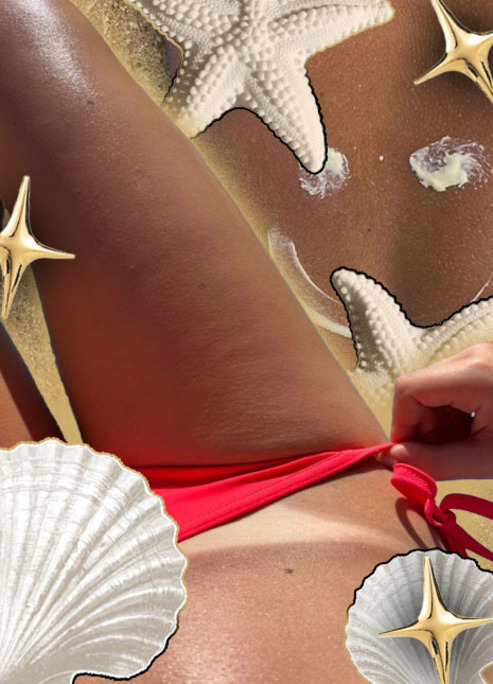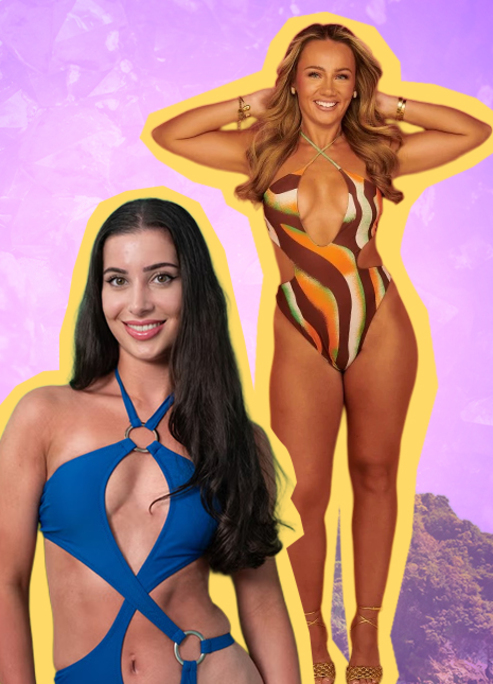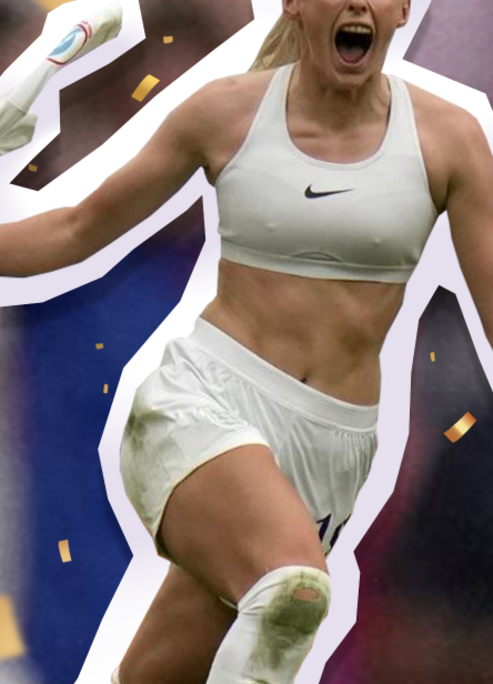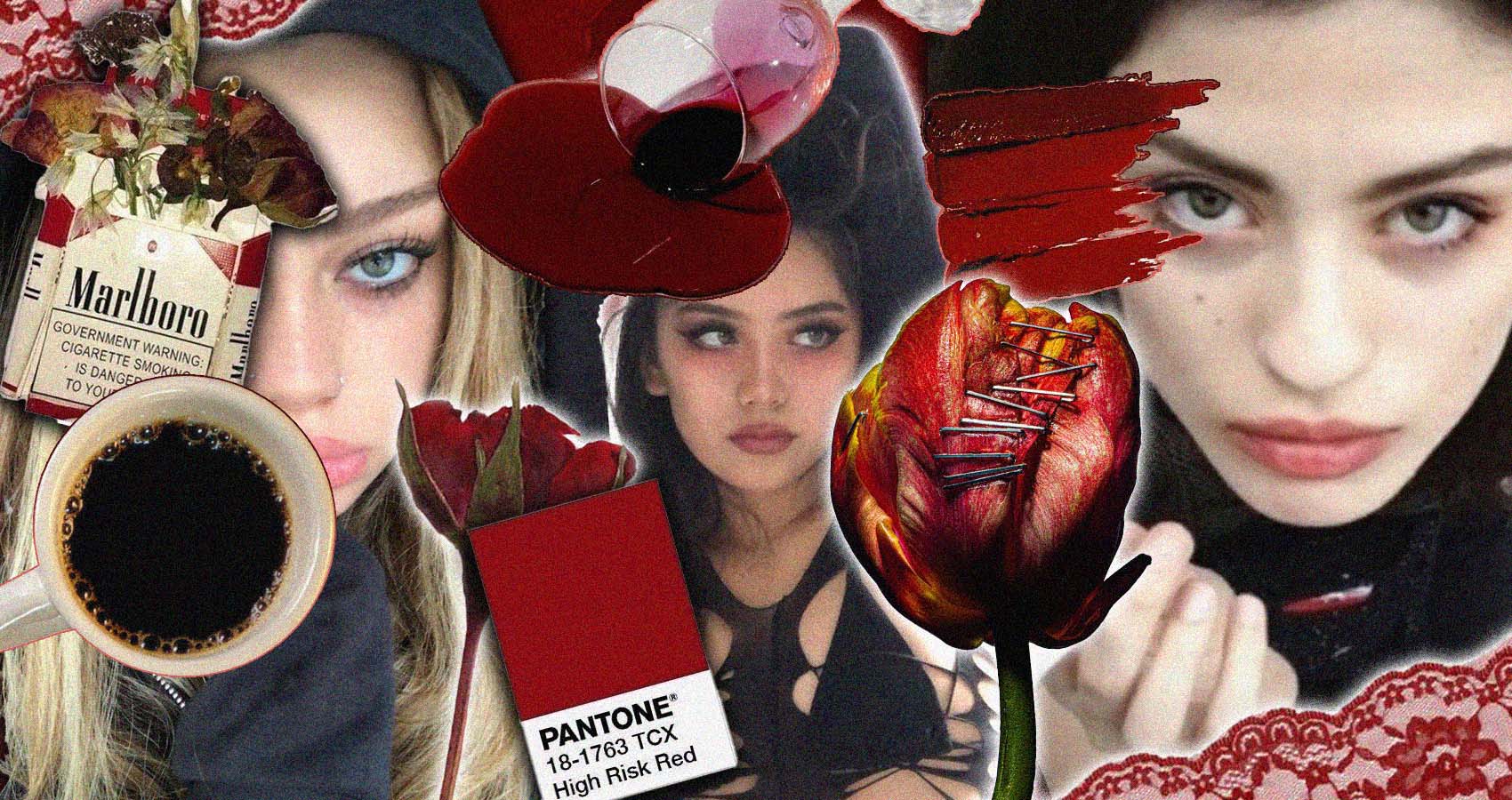
Unpacking Tired Girl Makeup
The baffling romanticisation of exhaustion.
Creators on TikTok are back with another seemingly bizarre microtrend, in which they attempt to appear as though they have not slept. Fake dark circles, in conjunction with an essence of pallid fatigue, are being embraced, but also artificialized with makeup. This is not the first time we have seen this trend, but this summer it is back with a vengeance.
So let’s un-conceal the rationale behind these eyebags.
What is this trend?
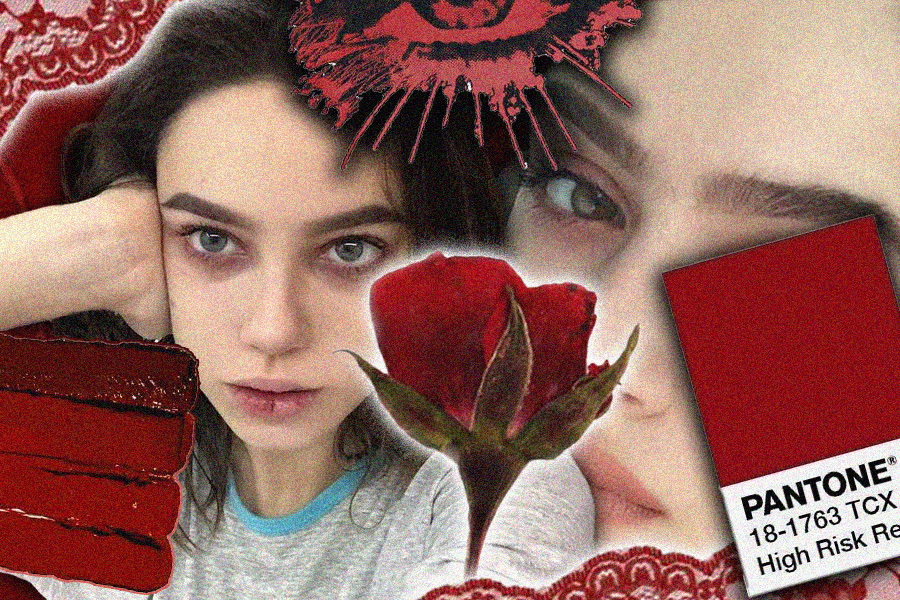
Coined “Tired Girl Makeup”, in some cases, the creators skip concealer to let natural shadows shine through, but generally, red pigment is used under the eyes to create the illusion of mottled bags. This is in addition to an entire makeup routine, even involving false lashes, where the only twist is a dramatized anaemia. While there is variation between interpretations, largely speaking, these skin looks are with minimal blusher and bronzer, save for a more ghoulish contour. The result is a curious mashup: part minimal effort, part full glam, where exhaustion is styled as an accessory and fatigue becomes a statement look.
Why is This so Bizarre?
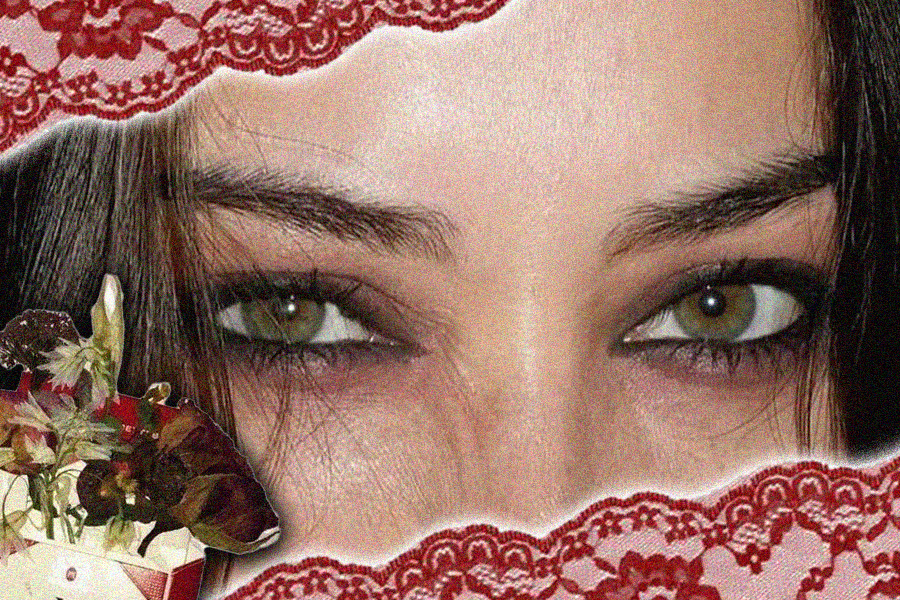
In terms of socioeconomic context, we have long entered recession makeup. This is usually characterised by less-is-more, financially streamlined looks. While at first glance, this encapsulates “Tired Girl Makeup”, the tendency for it to be created with makeup, in fact, becomes an additional step that often accompanies initial under-eye concealer, is strange. It is a masquerade of less-is-more created by doing … more.
Additionally, it follows the legacy of other falsified traditionally perceived flaws: faux freckles, self-tan tan lines, and grown-out roots (now “shadow roots”).
Where Does it Come From?
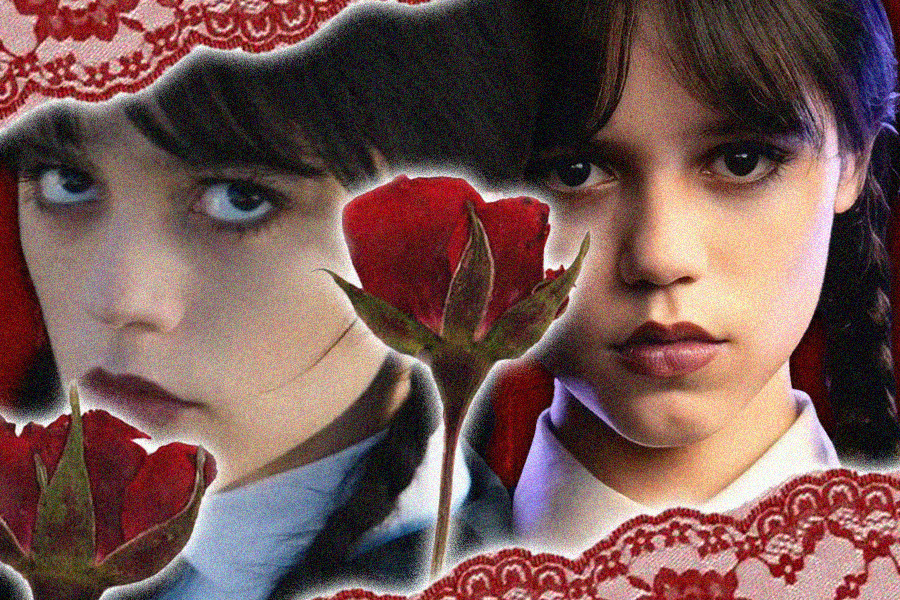
Other than the recession-makeup-turned-trend irreconcilability, “Tired Girl Makeup” was likely inspired by Jenna Ortega’s makeup in Wednesday (of which Season 2 was released earlier this month). The titular character, whose renowned eye look was created by Tara McDonald, is strikingly similar to this trend. She has dark, smudged charcoal eyes – and a grungy, almost-undead greyness about her. The first time we saw this trend coincided with the release of the first season in 2022; however, then there was a true less-is-more vibe. Skin was sheer, lips were balmy, and mascara was smudged: there was no full-beat and falsies.
This shift is because of a more horrifying trend that is forever rearing its ugly head: heroin chic. First appearing in the early ‘90s, the trend was characterised by androgyny and grunge – but more so emaciation and sallowness, as if the participant had been using the eponymous substance. It was frowned upon for obvious reasons: encouragement of dangerous ideals relating to drugs, as well as the glamorisation of extreme thinness.
This is clearly on the rise in 2025. The booming demand for weight-loss injectables like Ozempic, increasingly as the expense of diabetic patients who need them, mirrors the pursuit of an unnaturally slim aesthetic. Meanwhile, micro-trends, like the shift from augmented curves to “ballerina boobs”, point to the same troubling cycle: the glamorisation of fragility and scarcity.
The connection between the new-and-improved “Tired Girl Makeup” and the move towards Heroin-chic is that, in 2022, the aesthetic was a rebellion against unrealistic wellness beauty standards (such as “Clean Girl”). Now, exhaustion is aspirational – and appearing tired, and even insipid, is glamorous.
Ultimately, wear whatever makeup makes you feel good. Be inspired by your fave shows and accentuate whatever features you want. Makeup has no rules – but it’s worth pausing to question when a trend shifts from playful experimentation to glamorizing harm. Choose fads for joy, not because fatigue or fragility have been rebranded as aspirational.



